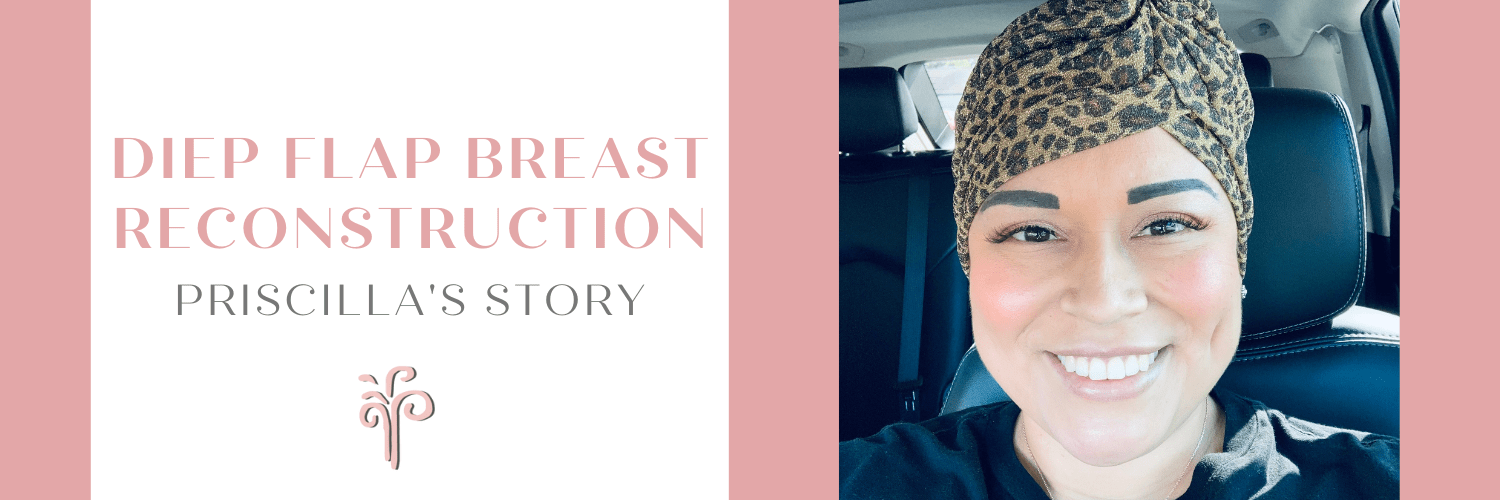
- 0 Comments
- PRMA Plastic Surgery
There are now new breast implant safety requirements from the FDA. Beginning in October 2021, all implant boxes must now come with a warning label informing patients of the potential risk of Breast Implant-Associated Anaplastic Large Cell Lymphoma (BIA-ALCL). The warning also addresses other possible side effects of breast implants as well including chronic memory issues, joint pain, and fatigue. The new FDA regulations also mandate that implant manufacturers can only sell their products to health providers who agree to discuss potential risks with patients before surgery.
These new safety regulations are an excellent way to ensure patients are made aware of all the facts surrounding breast implant surgery. These guidelines fall in line with PRMA’s shared decision-making mission. Educating patients on all their options for breast reconstruction or cosmetic surgery is what we do every day.
Why are the new breast implant safety rules important?
So many patients come to PRMA thinking breast implants are the only breast reconstruction option available following breast cancer surgery. This is not the case. Patients have a wide range of breast reconstruction choices. These include using your own tissue (example: DIEP flap), implants, and going flat (or opting for no reconstruction.) When discussing with patients their options, our conversations include reviewing all possible risks associated with each surgery choice. When patients are fully educated on all their options, they are better equipped to make a fully-informed surgery choice that best fits their needs.
Do these new FDA guidelines mean breast implants are not safe?
Although the FDA implementing these new breast implant safety rules may seem like implants are unsafe for breast cancer patients—this is untrue. Breast implants are still considered a safe option for patients seeking reconstruction after cancer. As with ANY surgery, there are some risks. This new safety guideline is strictly focused on education patients of the small risks associated with implants. For example, textured implants have been associated with a very small risk (1 in 3,000 to up to 1 in 30,000) of BIA-ALCL. So far, these cases have only been associated with textured implants and not smooth implants.
Is breast reconstruction with implants a good option?
Implant breast reconstruction is still considered a good option for many breast cancer patients. The procedure is typically performed in two stages. In the first stage, a tissue expander is placed. This can be performed at the time of a mastectomy, or anytime later. Patients will then follow up with their surgeon in an office setting for “fill” appointments. The tissue expanders are filled slowly overtime in the office to help stretch the overlying skin until the desired breast size is reached. Once the desired breast size is reached, the second stage of surgery is performed. This surgery consists of removing the tissue expander and replacing the expander with a permanent implant (either saline or silicone). Both surgeries can be performed in an outpatient setting but may require an overnight stay depending on the patient and surgeon’s desires.
In some circumstances, tissue expanders can be avoided, and the permeant implant can be placed at the time of mastectomy. This is referred to as “Direct to Implant” reconstruction and is typically performed in a prophylactic mastectomy setting.
Although implant surgery is typically associated with faster healing time compared to other options, this is not always the case. Implants do pose a slightly higher risk of complications—especially following radiation treatments for breast cancer. Additionally, unlike options like the DIEP flap or going flat, implants are not permeant. Most often, implants will need to be replaced at least once in a patient’s lifetime.
At PRMA we firmly believe every patient should be empowered to make their own choices regarding breast reconstruction after being fully informed of ALL options and the pros and cons of each. We appreciate the FDA creating this new set of safety guidelines for breast implants to ensure patients are fully informed.
Leave Comment
Sign Up for Our Monthly Newsletter
Continue Reading

DIEP Flap Breast Reconstruction at PRMA: Priscilla’s Story
DIEP Flap Breast Reconstruction at PRMA: Priscilla’s Story January 13, 2022 Share on Facebook Twitter Linkedin The DIEP flap is the most advanced breast reconstruction technique currently available today. At PRMA, it is also the recommended method. The procedure uses the patient’s own abdominal skin and fat. After a mastectomy, the tissue is used to recreate a […]

What Breast Cancer Patients Should Know About FDA’s New Breast Implant Safety Rules
What Breast Cancer Patients Should Know About FDA’s New Breast Implant Safety Rules January 11, 2022 Share on Facebook Twitter Linkedin There are now new breast implant safety requirements from the FDA. Beginning in October 2021, all implant boxes must now come with a warning label informing patients of the potential risk of Breast Implant-Associated […]

Should I Get Breast Reconstruction Surgery?
Should I Get Breast Reconstruction Surgery? December 03, 2021 Share on Facebook Twitter Linkedin After breast cancer treatment, Breast reconstruction helps women become physically and emotionally whole again. Breast Reconstruction restores something that nature once provided but cancer has taken away. Unfortunately, many patients with breast cancer who have had a mastectomy or lumpectomy are […]

Guest Post: Improving Women’s Sex Life After Breast Cancer
Guest Post: Improving Women’s Sex Life After Breast Cancer November 22, 2021 Share on Facebook Twitter Linkedin Most women with breast cancer notice negative changes in their sex lives. By some estimates, over 80% of women treated for breast cancer end up with sexual problems. Unfortunately, at least half of women do not recall discussing […]

What NOT To Say To Someone Who’s Had A Mastectomy
What NOT To Say To Someone Who’s Had A Mastectomy November 11, 2021 Share on Facebook Twitter Linkedin If you have a loved one who is preparing for or recovering from a mastectomy, there are a few things you should avoid saying – and a few things you should say instead. Don’t say “You’re too […]

Emotional Wellness and Breast Cancer
Emotional Wellness and Breast Cancer November 02, 2021 Share on Facebook Twitter Linkedin When you’re diagnosed with breast cancer, it’s normal to experience a range of emotions at different points during your treatment and recovery. You may be surprised and overwhelmed at first and then become terrified or angry. It’s common to have both good […]

What Everyone Should Know About Breast Cancer
What Everyone Should Know About Breast Cancer October 19, 2021 Share on Facebook Twitter Linkedin Breast cancer affects many women in the United States and around the world. For every 8 women in the United States, 1 will be diagnosed with breast cancer during her lifetime. Women, and men, also have an increased risk of […]

What October Means To Me
What October Means To Me October 07, 2021 Share on Facebook Twitter Linkedin Breast Cancer Awareness Month is celebrated around the country every October. The occasion brings attention to breast cancer, but many people affected have mixed feelings about it. There’s no doubt this awareness campaign means different things to different people. For some, it’s […]

Top 3 Reasons Patients Delay Breast Reconstruction
Top 3 Reasons Patients Delay Breast Reconstruction September 27, 2021 Share on Facebook Twitter Linkedin When considering breast reconstruction after breast cancer surgery, patients have two timing options. Immediate or delayed. Immediate breast reconstruction is performed at the same time as the mastectomy. There are many benefits to immediate reconstruction. These include shorter recovery and […]



No Comments